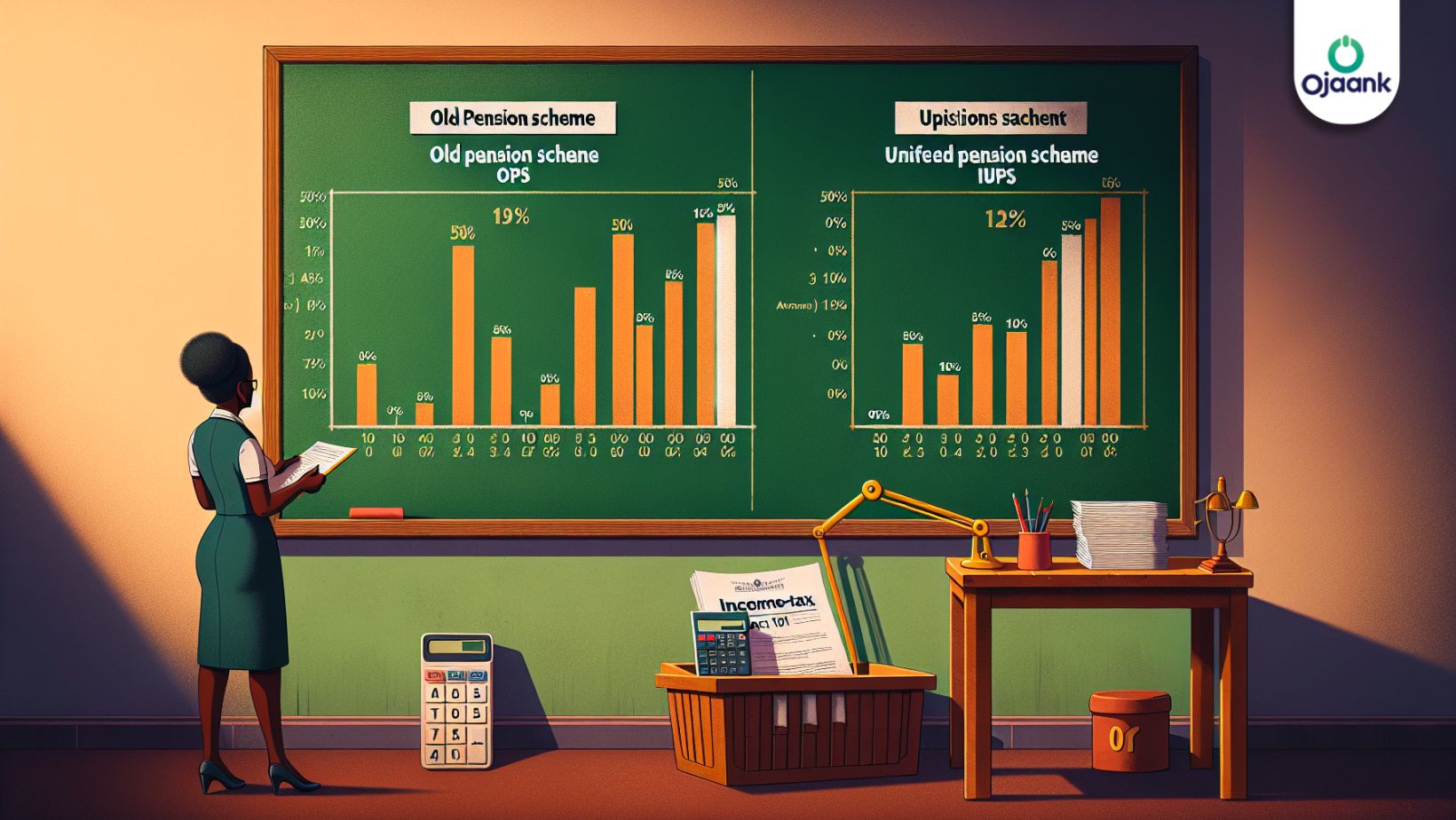Find Out Now: Are You Losing Money with the New Pension Scheme ?

1. What is the Unified Pension Scheme (UPS) and how does it calculate pensions ?
The Unified Pension Scheme (UPS) is a pension system for government employees which calculates pensions based on the average of the last 12 months' basic salary plus dearness allowance (DA) before retirement. This differs from the Old Pension Scheme (OPS), where the pension was 50% of the last drawn basic salary plus DA. The UPS aims to provide a more balanced pension payment by averaging an employee's earnings over the last year of their career, which can affect the pension amount if their salary fluctuates significantly during this period.
2. How are employee contributions structured under UPS compared to OPS ?
Under UPS, employees are required to contribute 10% of their basic pay plus DA to the pension fund, which aligns with the structure of the National Pension System (NPS). In addition to employee contributions, the government contributes 18.5% under UPS, an increase from the 14% it contributes under NPS. Unlike OPS, where there were no employee contributions, the UPS requires these contributions to ensure the scheme's long-term fiscal sustainability.
3. What tax benefits are available for contributions to UPS ?
Government contributions to NPS currently allow for a tax deduction of 14% for government employees under both the old and new tax regimes as per the Income-tax Act 1961. The UPS likely offers similar benefits, but it remains unclear whether additional tax benefits apply to the employee and government contributions under UPS. The government needs to provide clarity on this matter to ensure employees understand their tax obligations and benefits.
4. What is the assured minimum pension under UPS, and how does it compare to the previous minimum ?
UPS offers an assured minimum pension of Rs 10,000 per month at retirement after a minimum of ten years of service. This represents an increase from the Rs 9,000 per month provided after ten years under the previous system, reflecting an effort to improve retirement benefits for government employees under the new scheme.
5. Can UPS participants receive a lump sum payment at retirement without reducing their pension ?
Yes, the UPS allows for a lump sum payment at the time of superannuation without reducing the assured pension. This lump sum is calculated as 1/10th of monthly emoluments (Pay + DA) for every six months of service completed as of the date of superannuation. This is a notable improvement over the OPS, where a lump sum could only be obtained through commutation of the pension, which then reduced the monthly pension amount.
6. How is the lump sum payment calculated under UPS ?
The lump sum under UPS is calculated based on 1/10th of the employee’s monthly emoluments (basic pay + DA) at the date of superannuation for every six months of service. This method provides a straightforward calculation that benefits employees by allowing them to receive a significant one-time payment without impacting their monthly pension payments.
7. What happens to the pension after the commutation under the old scheme ?
Under OPS, employees could commute up to 40% of their pension into a lump sum payment at retirement. The monthly pension would then be reduced by the commuted amount until the commuted portion was restored after 15 years from the date of receipt of the commuted value. During this period, the dearness relief would continue to be calculated based on the original pension amount, ensuring that the reduction in pension due to commutation did not affect the increment adjustments for inflation.
8. Is a medical examination required for commutation of pension under UPS ?
The details about medical examinations for pension commutation under UPS are not explicitly mentioned in the provided text. Under the old system, no medical examination was required if commutation was chosen within one year of retirement. If chosen later, a medical examination was necessary. It is likely that similar or updated provisions exist under UPS, but specific details would need to be clarified by the scheme's guidelines.
9. How does the change in pension calculation under UPS impact employees promoted at the end of their careers ?
Under UPS, the pension is based on the average of the last 12 months' basic salary plus DA, which means that if an employee receives a promotion and a higher salary in the last few months of their career, their pension will be based on the average of these months rather than the higher final salary. This could result in a slightly lower pension than if it were calculated based on the final salary alone, as was the case under OPS.
10. What are the long-term sustainability impacts of introducing UPS with mandatory contributions ?
The introduction of mandatory employee contributions under UPS, similar to those required under NPS, is intended to ensure the financial sustainability of the pension scheme. By requiring both employee and higher government contributions, UPS aims to maintain a balanced fund that can support pensions over the long term without the fiscal strains experienced under the non-contributory OPS system. This change addresses concerns about the long-term viability of pension funds given the increasing number of retirees and extended life expectancies.
By Ojaank Sir